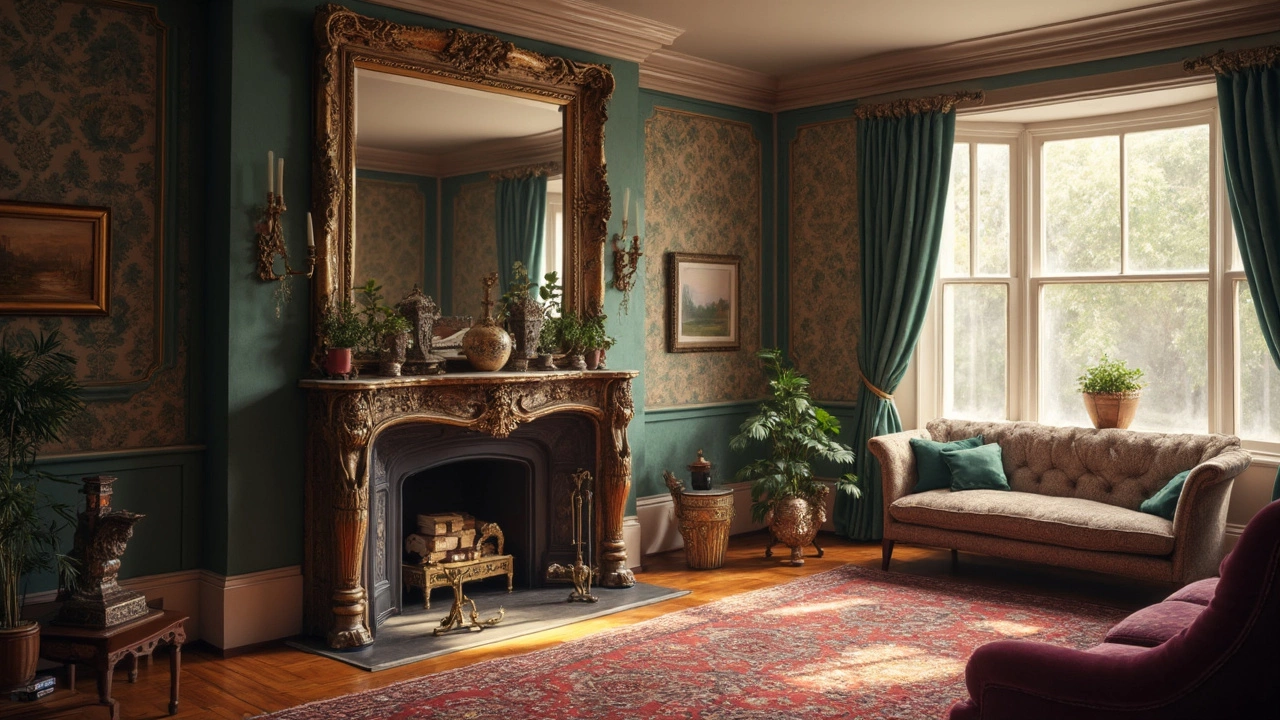How to Choose the Right Mirror Size for Every Space
When you stand in front of a mirror, the first thing you notice is how it fits the room. A mirror that’s too small can feel lost, while one that’s too big might overwhelm the space. Here’s a simple step‑by‑step way to pick the perfect size without guessing.
Measure the Wall First
Start by measuring the wall where you plan to hang the mirror. Give yourself a clear margin of at least 6‑12 inches on each side. If the wall is 120 inches wide, a mirror around 96‑108 inches will leave enough breathing room and keep the look balanced.
Match the Mirror to the Furniture
Look at the biggest piece of furniture in the area – a sofa, dresser or vanity. A good rule of thumb is to choose a mirror that’s roughly the same width as that piece, or a little narrower. For a 60‑inch sofa, a 48‑inch to 60‑inch mirror usually works well.
If you’re adding a mirror above a vanity, keep the height in mind. The top of the mirror should be about 2‑3 inches above the vanity surface, and the bottom should be no lower than eye level for most users. This ensures it’s functional for daily tasks.
For hallway or entryway mirrors, think height rather than width. A tall, narrow mirror (like 30 inches wide by 72 inches tall) helps elongate the space and adds a sleek, modern feel.
Don’t forget the frame. A thick frame adds visual weight, so you might want a slightly smaller glass area to keep the proportion right. Thin frames or frameless designs let the glass dominate, which can make a small room feel larger.
When you’re deciding on shape, circles and ovals work great in softer spaces, while rectangular mirrors suit modern, angular rooms. The shape should echo other design elements – a round mirror can echo a round coffee table or pendant light.
Lighting matters too. A mirror placed opposite a window or near a light source will bounce light around, brightening the room. If you’re using a mirror to boost light, a larger surface area captures more reflection, so go bigger if the wall allows.
Finally, test the look before you nail anything down. Use painter’s tape to outline the mirror’s dimensions on the wall. Step back and see how it feels. If it looks cramped, add a few inches; if it dominates, shrink the outline a bit.
By following these easy checks – wall measurement, furniture match, height for function, frame weight, shape, and light – you’ll end up with a mirror that feels right at first glance. No need to overthink; a quick measurement and a few visual tests are enough.
Ready to pick a size? Grab a tape measure, sketch a quick outline on the wall, and let the room guide you. When the mirror fits, it instantly adds depth, style, and a touch of light to any room.
-

Choosing the Right Size Mirror for Your Space
Picking the right mirror size can transform your living space, making it feel bright and spacious or cozy and inviting. This guide explores the factors to consider when choosing a mirror, including room size, function, and style preferences. Learn how mirrors can impact a room's aesthetics and discover practical tips for selecting the best fit for your needs. Make informed decisions to enhance your home's look effortlessly.
